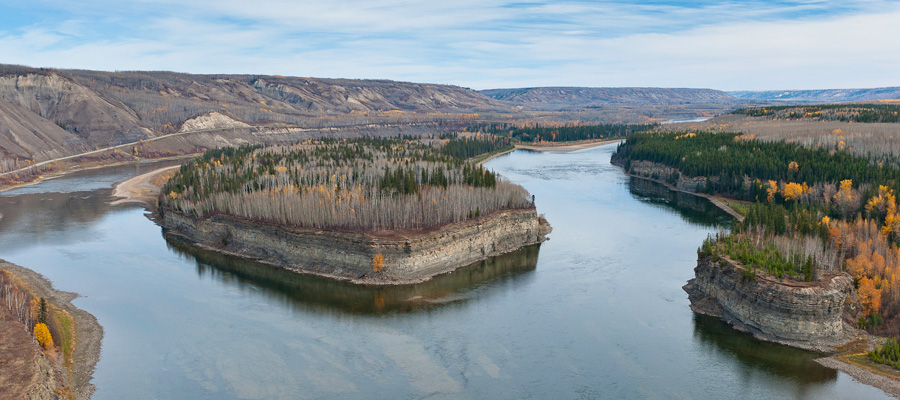Let’s Not Go There Again
You would think that the fiasco of the government forcing BC Hydro in recent years to buy run-of-river and other IPP supply that it didn’t need, resulting in losses of hundreds of millions of dollars per year, would have put that unfortunate policy on the back burner for a long time.
Not so. Clean Energy BC, the lobby group very ably representing IPPs in the province, has released a report claiming that BC Hydro could save $750 million to $1 billion if it were to buy a basket of run-of-river, wind, biomass and other IPP supply instead of building Site C. And apparently Minister Bennett is looking at that option as an alternative to Site C.
There is, of course, little reason to believe IPP supply would provide cost savings of $750 million to $1 billion relative to Site C. The estimates of such cost savings assume that IPP supply can be secured by BC Hydro at an average cost of $74/MWh, some 40% less than the average $125/MWh price BC Hydro contracted to pay after its last call for new supply.
The estimated cost savings also ignore the relatively low value of run-of-river and wind supply, run-of-river because of the disproportionate amount of energy produced in the springtime and wind because of the intermittent nature of the supply and consequent need for constant back-up. And, the estimated savings ignore differences in the cost of capital between publicly financed and private supply, and differences in the contractual rights to the projects at the end of initial contract periods.
One can only hope that Minister Bennett does not jump from one bad idea (building Site C even though BC Hydro does not need that supply in the foreseeable future) to an even worse idea (acquiring high cost, low value IPP supply that we equally don’t need).
There is a far better strategy that BC Hydro should pursue.
What BC Hydro really needs in the short to medium term is back-up for its hydro-electric system — assurance it will be able to meet all of its requirements even in drought conditions when hydro production is constrained. As well it will need more peak generating capacity — the ability to meet requirements in very heavy load hours periods.
The most cost-effective way to meet those needs is with the installation of additional generating capacity at BC Hydro’s existing hydroelectric plants — the so-called Resource Smart projects — and with strategically located natural gas turbines — available if needed but otherwise not run. The IPP run-of-river and wind projects don’t provide what BC Hydro needs and while Site C could, it would provide far in excess of what is required.
Minister Bennett would do well by deferring the development of Site C. Maybe one day it will be needed and a case could then be made that it is in the broader public interest notwithstanding the very legitimate objections of those most directly impacted by the flooding it entails. But it isn’t needed right now.
And nor is a return to the forced purchase of IPP supply. Been there. Done that. Don’t need to do it again.
Topics: Climate change & energy policy, Environment, resources & sustainability


